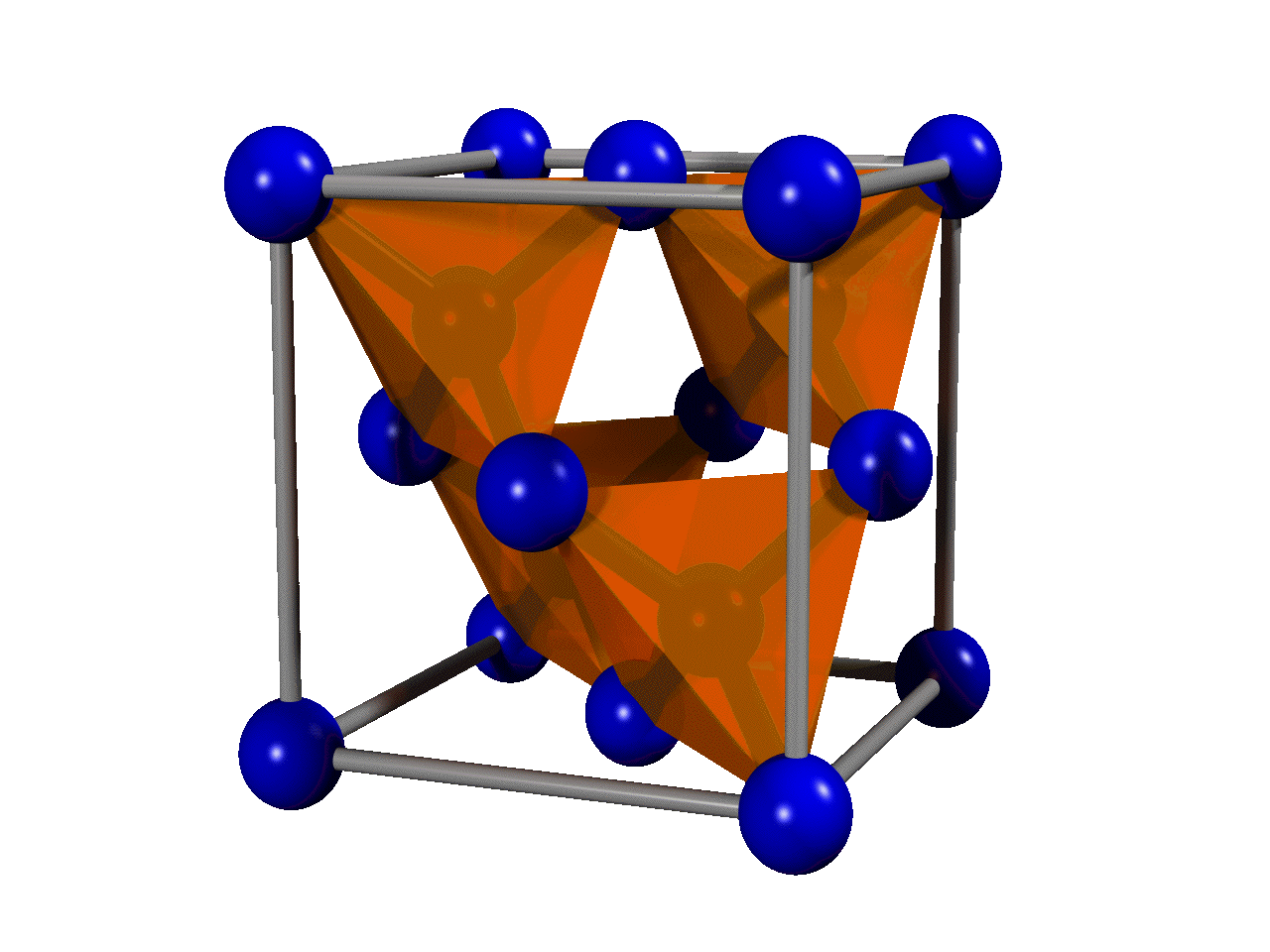NASA found remnants of the planetary system in the Helix Nebula.
That thing is one of the most interesting things that ever found. Helix Nebula is the supernova remnant. And that means the star was too heavy and short-living, that there could form technically advanced civilization. But those planetary remnants tell that there is a possibility that also around white dwarfs can be remnants of planetary systems. The white dwarf is the star remnant. That is interesting because our Sun will transform into a white dwarf after a couple of millions of years.
And if we want to find alien civilizations that can make interstellar journeys, we should look for evidence around star remnants that are out of their fuel. In that case, the civilization must move to another solar system or its fate will be destroyed when its star will erupt as a nova or supernova.
"The spectral energy distribution of WD 2226-210 superposed on an image of the Helix Nebula from Hubble Space Telescope. The plot combines optical, infrared, and millimeter photometry, the Spitzer mid-infrared spectrum, and upper limits from WISE, Spitzer, SOFIA, Herschel, and ALMA. Models of the white dwarf photosphere (solid) and IR excess showing good fits to the data detections (circles) and upper limits (triangles). Helix Nebula. Credit: NOIRLab; SED credit: J. P. Marshall". (ScitechDaily.com/NASA Reveals a Destroyed Planetary System)"While not part of this study, this photo taken with a microscope shows the impact paths and bodies of small particles of comet debris from U.S. space agency NASA’s Stardust mission in 2004. The aerogel helps decelerate the particles without destroying them in the process. Credit: NASA/JPL" (ScitechDaily.com/Space Dust – A New Way To Search for Alien Life)
Supernova or nova eruptions send material all around the Universe. And maybe some part of those cosmic sand bites can travel to our solar system.
he space dust can be a good place to find evidence of those hypothetical interstellar civilizations. The interstellar civilizations would use extremely powerful engine systems like antimatter engines. Those engines send radiation and exotic particles around them. And maybe some of those particles are touching cosmic dust.
Also if researchers find some kind of exotic artificial radioisotopes in space dust. That tells something about the source of that bite of dust. Natural nuclear reactions can form plutonium. But heavier elements like Californium or some other synthetic elements that thing tells that there is some kind of nuclear reactor that sends those elements around them.
Finding those elements is literally like searching for certain sand bites from the cosmic sand cloud. That thing requires lots of luck, but if in space dust is synthetic elements. That thing means a breakthrough in the SETI program. The best place to find cosmic dust or particles from another solar system is the Kuiper Belt.
In Kuiper Belt, those dust bites are like in a cosmic freezer. They can involve remnants of the DNA of the ancient species. Also, some viruses can keep their ability to transfer their genetic material in the cosmic journey that can take billions of years. The temperature on that journey is about 3 kelvin, which means there is not very much oscillation or chemical reaction during the journey. So the DNA itself can survive in that journey if the radiation of the nova or supernova will not destroy it.
There is the possibility that some part of those sand bites fall on Earth. But it's hard to detect alien genomes. Because even if in the Antarctean Earth lifeforms pollute those particles. There are no confirmed alien species in any laboratory. Researchers cannot search for alien DNA from objects on Earth by just compiling the DNA. But if that DNA or its remnants will found on some asteroid, that thing would change the game In that case the DNA can be proven found from space.
Normally at Earth temperature synthetic super-heavy nuclear isotopes are not long-lasting. But in models in sand bites in the Kuiper belt. There is an extremely low mass of those isotopes. And the temperature in there is very close to zero kelvin. So that means even the heaviest elements can remain longer time.
https://scitechdaily.com/nasa-reveals-a-destroyed-planetary-system/
https://scitechdaily.com/space-dust-a-new-way-to-search-for-alien-life/










